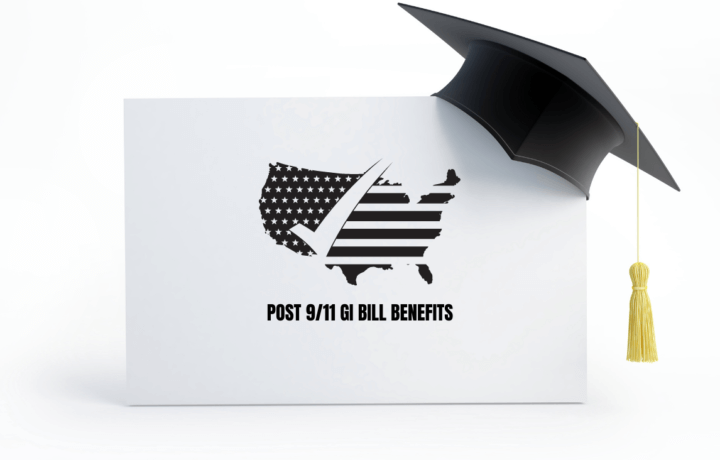As states’ and federal budgets continue to reduce funding for colleges and universities, the bottom-line deficit is usually made up in the form of tuition hikes. As this trend is predicted to continue into the future, many prospective students ask, “How can I afford to go to college?”
According to the non-profit College Board.org’s Trend in College Pricing Report, the 2020/2021 in-state four-year public school tuition and fees averaged $10,560 – $120 higher than in the 2019/2020 academic year; Out-of-state tuition for the same type of school was $250 dollars higher than the previous academic year at $27,020.
Private, non-profit, four-year school costs were considerably higher with an average of $37,650 – $750 higher than in the previous academic year. And those costs don’t include housing, food, books, supplies, transportation and other miscellaneous education-related costs. When those costs were factored in with tuition and fees, the total costs ranged from $26,820 at a public four-year school to $54,880 at a private four-year private non-profit school. With a four-year degree costing from $110,000 at a public school to upwards of $220,000 at a private school, how do students pay for a college degree in today’s world?
Not surprisingly, many students are either forced to choose the cheapest school or take out student loans to attend their first-choice school. In 2019, 56% of undergraduate students graduated with an average student debt of $28,800.
Today, parents and student are still worrying how they will pay for college. The most recent data shows that parents pay 68% of college costs with students paying 13%. The unpaid portion is generally paid through loans, financial aid or a combination of both. However, veterans going to school have an advantage; most of them have either the Montgomery GI Bill, Post 9/11 GI Bill or both, that they can use to help pay for a college degree.
Post 9/11 GI Bill
Veterans with three years of more of eligible service come out of the military with 36 months of Post 9/11 GI Bill entitlement. It pays tuition and fees up to the in-state resident rate for 36 months at public schools; if attending a private or foreign school, it can pay up to $26,042.81 per year.
Regardless of public or private, veteran students also get a housing allowance averaging $1,900 per month and up to $1,000 per year for books. The financial support from the New GI Bill helps ensure graduates come out of college with considerably less debt than many of their fellow non-veterans’ students; some come out of college debt-free!
The Power of the GI Bill
To see the power of the Post 9/11 GI Bill in dollars and cents, let’s use an average public tuition/fees rate of $410 per credit with a course load of 12 credits per semester. For a veteran student at the 100% Post 9/11 GI Bill tier level, the VA would pay all of the tuition/fees of $4,920 per semester – $9,840 per two-semester academic year. Combined with the average monthly $1,900 housing stipend for nine months and a $1,000 yearly book stipend, the Post 9/11 GI Bill is paying $27,940 in educational benefits per year. Over the course of a four-year degree, it pays out almost $112,000.
The Yellow Ribbon Program
With the Choice Act all but eliminating out-state tuition for “covered” veterans and family members, the Yellow Ribbon Program is not as useful as it once was if attending a public school but can help if attending a private one. Schools having a Yellow Ribbon Agreement with the VA can waive up to 50% of the tuition not covered by the Post 9/11 GI Bill. The VA pays an equal amount that the school waived leaving the student with nothing left to pay out-of-pocket. Of course if the school has a lesser percentage than 50% in their agreement, the VA ends up paying less and there would be a balance left for the student to pay … but far less than if there was not a Yellow Ribbon Program in place.
Yes, the Post 9/11 GI Bill is worth a lot; and it continues to be even more valuable. In an upcoming article, I will cover three recent major changes to the Post 9/11 GI Bill that makes it even more valuable:
- How entitlement is impacted when using the Veterans Readiness Employment.
- Entitlement impact due to the closing of institutions because of COVID-19.
- A change to the three-year rule in regard to in-state tuition.
Many non-veteran students struggling to pay for college would love to have that kind of financial aid. And for veterans … all it cost them was three years of service to their country – something many veteran students tell us they would have done anyway. Having the Post 9/11 GI Bill in return is just an added and welcome bonus.




